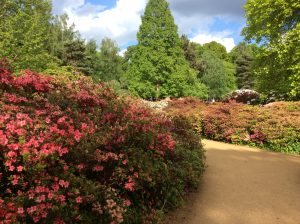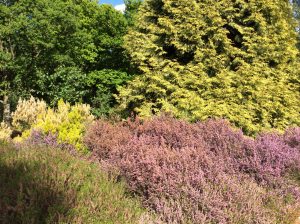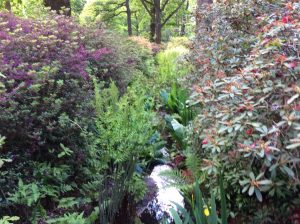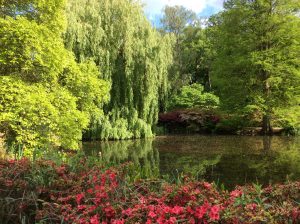In late spring one corner of the huge Richmond Park harbours an oasis of exotic blooms, which is the Isobella Plantation.
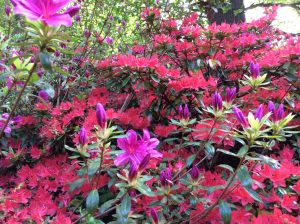
This woodland park was created in the 1830s, when former Prime Minister Lord Sidmouth, then the Deputy Ranger of Richmond Park, wooded off a boggy corner of the park to keep the deer out, and a some native trees and later some rhododendrons were planted.
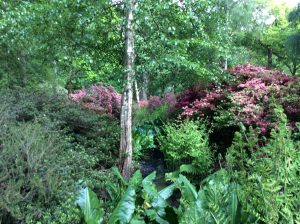
Serious rhododendron planting started after World War II, and now the gardens house the National Collection of Wilson 50 Kurume Azaleas, which were brought from Japan in 1920s by the plant collector Ernest Wilson, as well as rhododendrons, camellias, heathers and all sorts of other trees and flowers. It was opened to the public in 1953.
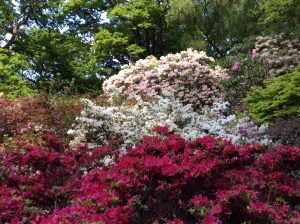
The grounds are managed organically, without the use of pesticides, offering ideal habitat for birds and animals. Beautiful lakes complete the idyllic beauty of this woodland oasis.
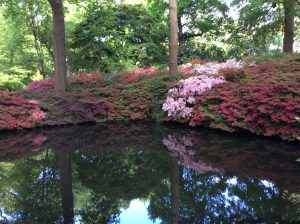
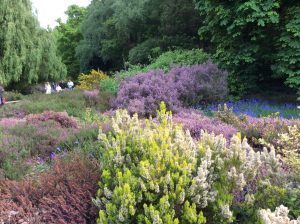
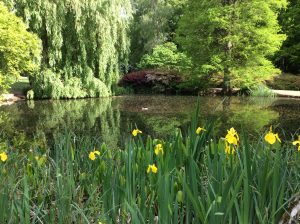
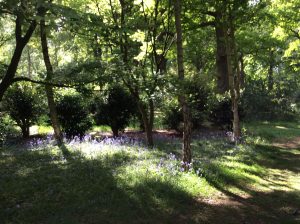
So, we have azaleas and rhododendrons – what’s the difference? All azaleas are rhododendrons, but not all rhododendrons are azaleas.
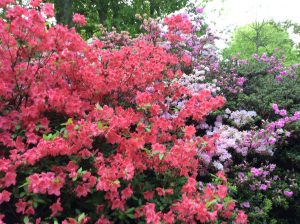
The name Rhododendron comes from Ancient Greek, meaning ‘rose tree’. It is the generic name for over 1,000 types of plants which regard Asia as their home, but are found nowadays all around the world. Characteristically, they grow into big trees with large leaves. Azalea is a type of rhododendron, but it is a small bush with little leaves covered in a dense mass of little flowers.
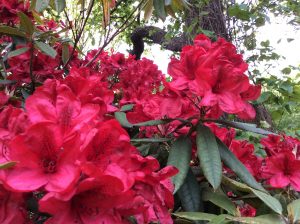
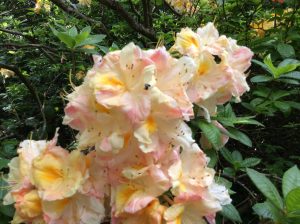
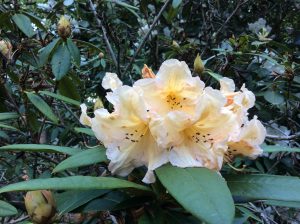
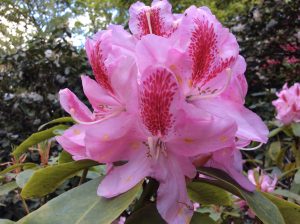
The flowers are also different, in size as well as type – rhododendrons have 10 stamens, and azaleas have 5. Many azaleas are deciduous, while most rhododendrons are evergreen.
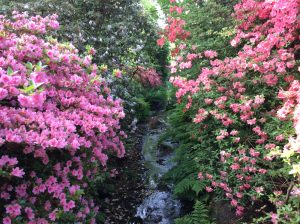
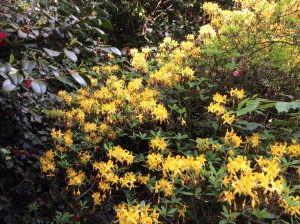
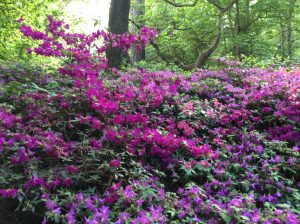
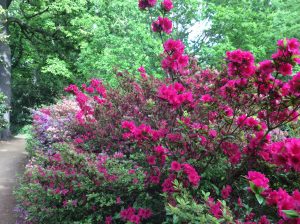
What all of them love is a shady boggy ground with ericaceous (acidic) soil, so if your soil is alkaline, forget about growing them, and come to enjoy the Isobella plantation instead!
But beware – these beauties are highly toxic, it contains something nasty called andromedotoxins in its leaves and even nectar, to the extent that if bees have too much of it, their honey would have hallucinogenic (as well as laxative) properties….
In the Victorian era of flower symbolism, rhododendrons meant ‘beware of danger’, and a bouquet of them in a black vase was a death threat…
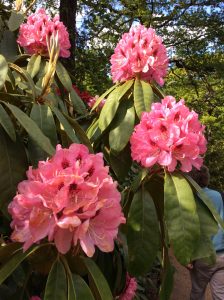
As we have very few bees here anyway, and as long as we do not go munching on leaves and flowers, Isobella plantation is a fabulous day out in late May – even if it is extra popular and crowded on a lovely day in late spring.
